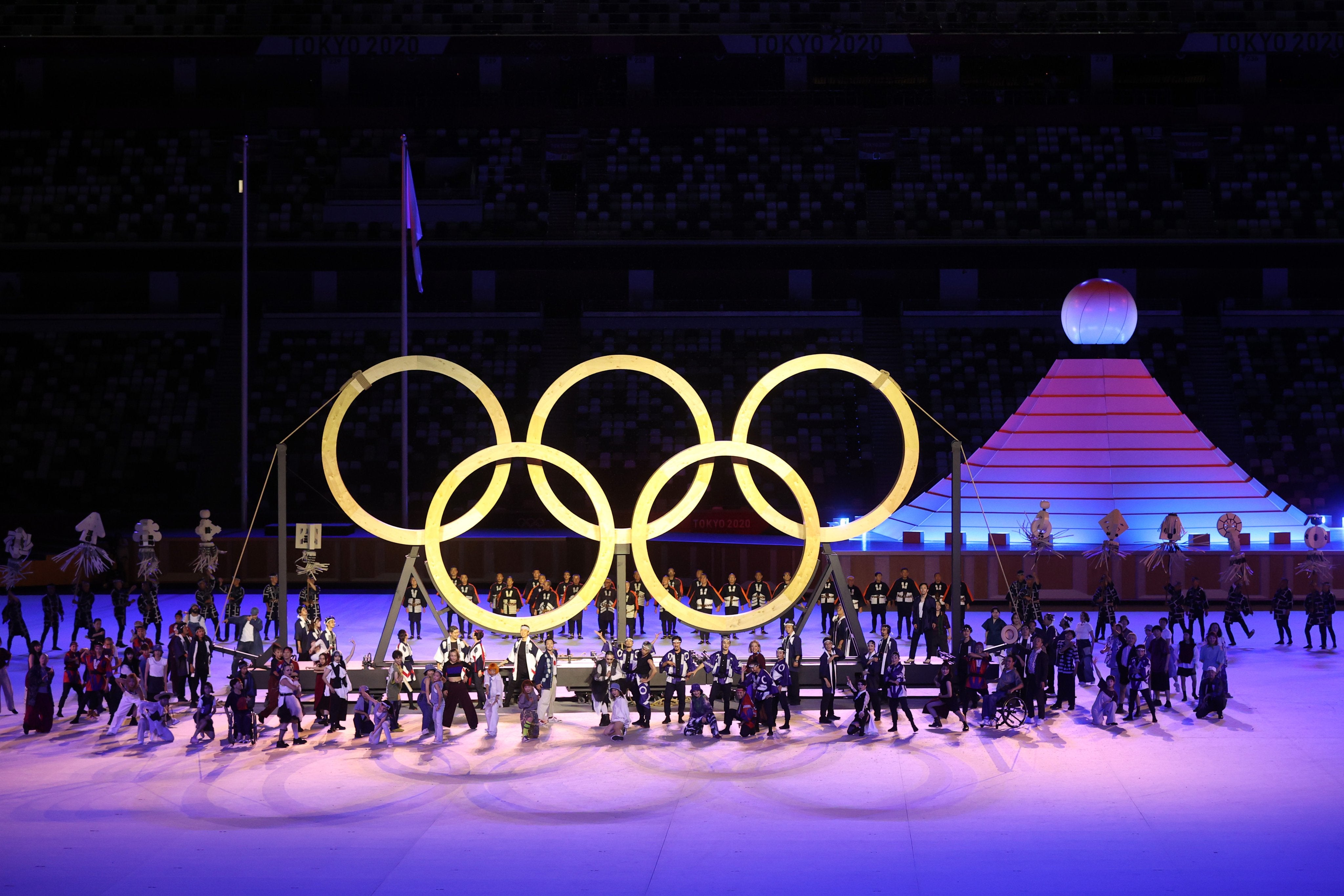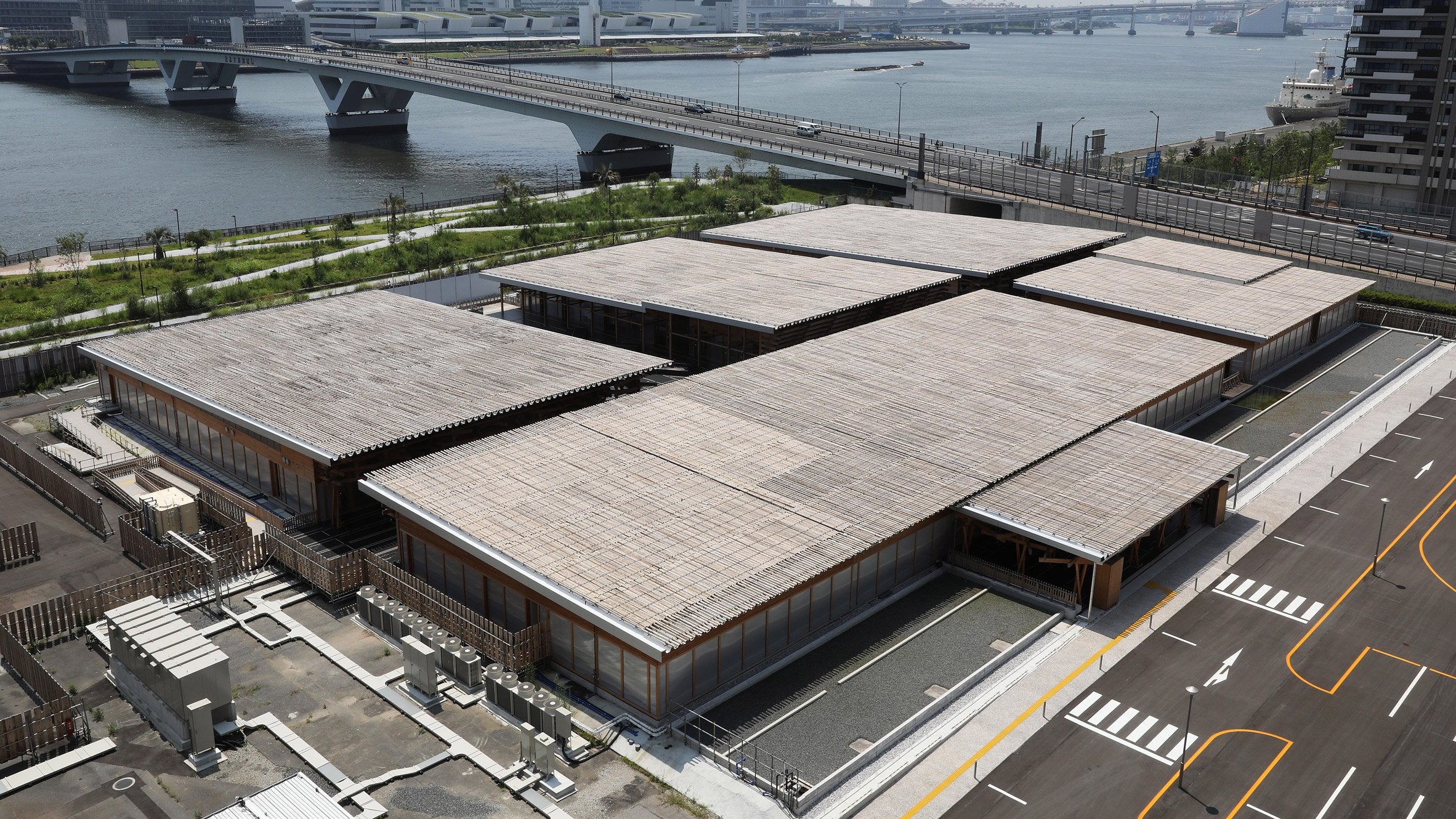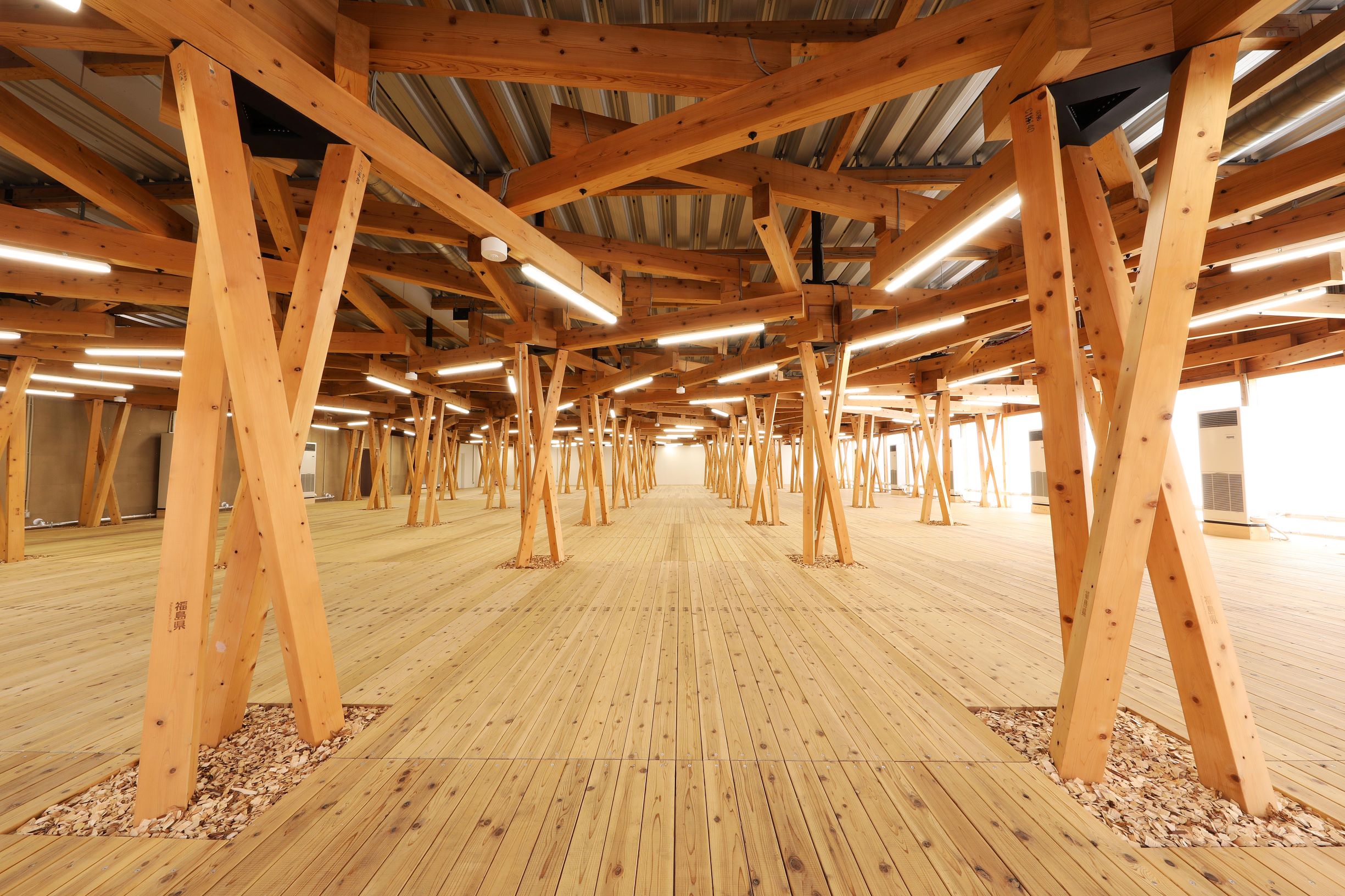Seeds sown by Tokyo 1964 athletes grew wood used in 2021 Olympic rings
The exposed wood is a nod to Japan’s traditional craft culture

Your support helps us to tell the story
From reproductive rights to climate change to Big Tech, The Independent is on the ground when the story is developing. Whether it's investigating the financials of Elon Musk's pro-Trump PAC or producing our latest documentary, 'The A Word', which shines a light on the American women fighting for reproductive rights, we know how important it is to parse out the facts from the messaging.
At such a critical moment in US history, we need reporters on the ground. Your donation allows us to keep sending journalists to speak to both sides of the story.
The Independent is trusted by Americans across the entire political spectrum. And unlike many other quality news outlets, we choose not to lock Americans out of our reporting and analysis with paywalls. We believe quality journalism should be available to everyone, paid for by those who can afford it.
Your support makes all the difference.The rings for this year’s Olympic Games are made from trees planted in Japan the last time Tokyo held the event nearly 60 years ago.
International athletes had brought the seeds to the Tokyo 1964 games, the organisers of Tokyo 2020 said.
The seeds brought from Northern Europe, Canada, and Ireland 57 years ago had grown into 160 pines and spruces.
The trees have been cut down to make the iconic five interlocking rings, held up by ropes and metal supports. The structure was showcased during the opening ceremony on Friday, which has been delayed a year because of the Covid-19 pandemic.
The rings were constructed in the traditional Japanese woodworking style of Yosegi-zaiku — a style of parquet work that dates back to Japan’s Edo period, which was between 1603 and 1867.
Cultural Olympic, an account that covers the cultural side of the games, said during the opening ceremony: “The Olympic rings are beginning to appear, carved from wood, in contrast to #London2012’s industrial age designs.
“It’s a beautiful structure and speaks to the importance of tradition and heritage of Japan’s craft culture.”
Exposed wood and sustainability have also heavily influenced the design of the Olympic athletes’ site in Tokyo.
The athletes’ village, made from 40,000 pieces of Japanese timber and a corrugated metal roof, was unveiled last month.

The 5,300 square-metre communal building for thousands of competitors – containing a bank, cafe, medical spaces, lounges, hair salons, shops, and a media centre – is designed to be temporary.
The wood was “borrowed” free of charge from local governments across Japan, and each piece of wood used in the building is marked with a stamp that details the name of the area it was sourced from.
After the games have finished, the single-storey building is expected to be dismantled and the wood is planned to be returned to the local authorities to be reused in construction of local public projects.
“Use of wood from different regions throughout the building will express diversity and harmony,” said Tokyo 2020.
“In addition to revitalising the timber industry and contributing to the conservation of sustainable forests, use of Japanese lumber reflects the goal of reducing environmental impacts and realising sustainability by leaving a legacy that attests to the participation of all regions of the country in the Games.”
In building the athletes’ village, the wood was arranged in a lattice formation and was left exposed.

Tokyo 2020 Vice President Toshiaki Endo said: “Engaging the whole country and prioritising environmental sustainability is a core pledge of the Tokyo 2020 Games.
“[The] project is based on these principles, and is the first initiative of the kind in the history of Olympic and Paralympic Games.”
In keeping with the sustainability pledge, 25 existing venues that were built when the city last hosted the event in 1964 are to be used over the coming weeks. Eight new venues were built from scratch, while another 10 buildings are temporary structures designed to minimise costs and energy use.
Other initiatives to make the games sustainable include making almost all the items – including medals, the Olympic torch, and podiums – out of recycled and recyclable materials, renting equipment such as electrical appliances and furniture, and powering the games with renewable energy sources, including solar arrays and wood biomass power.
Join our commenting forum
Join thought-provoking conversations, follow other Independent readers and see their replies
Comments